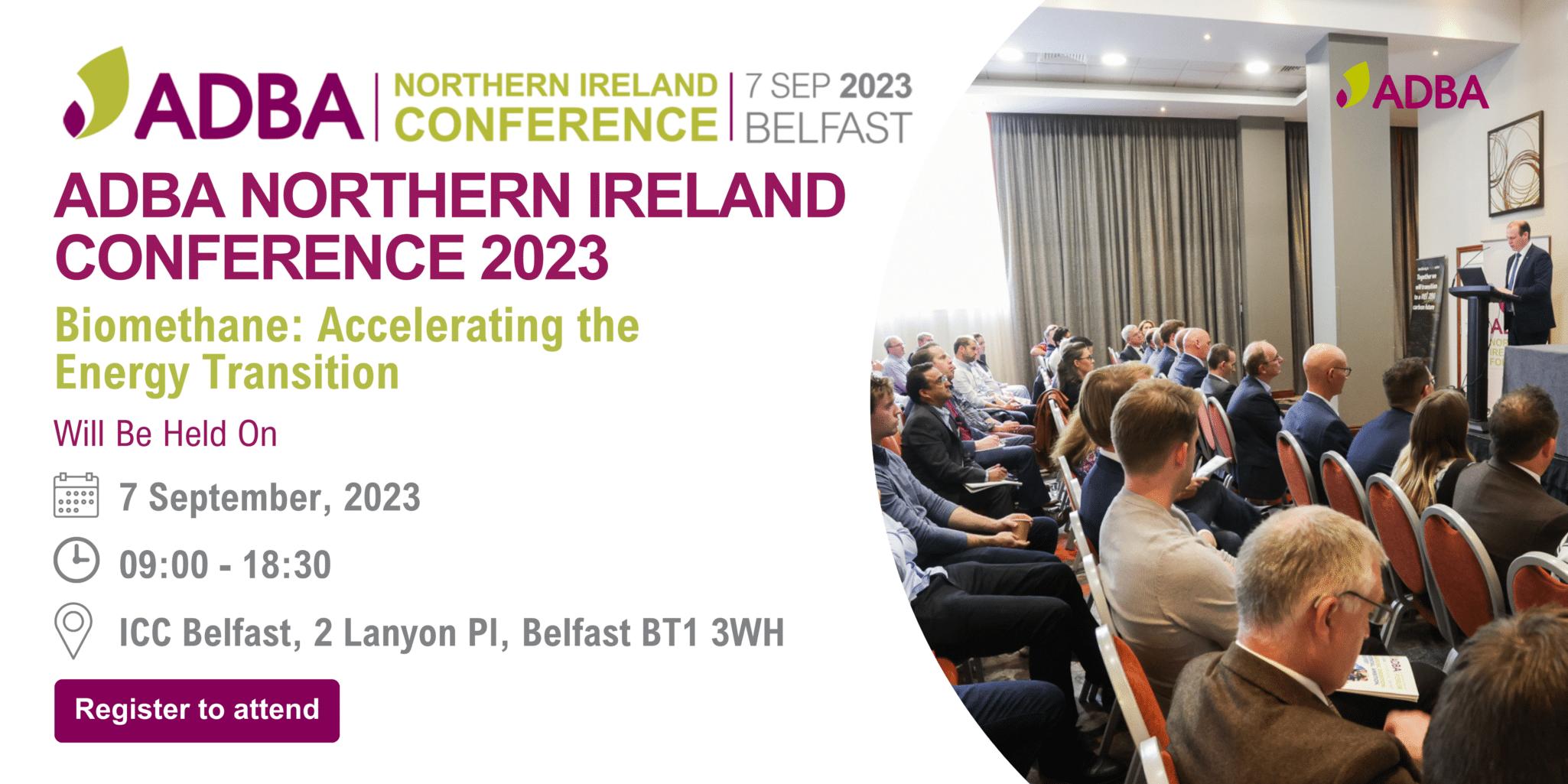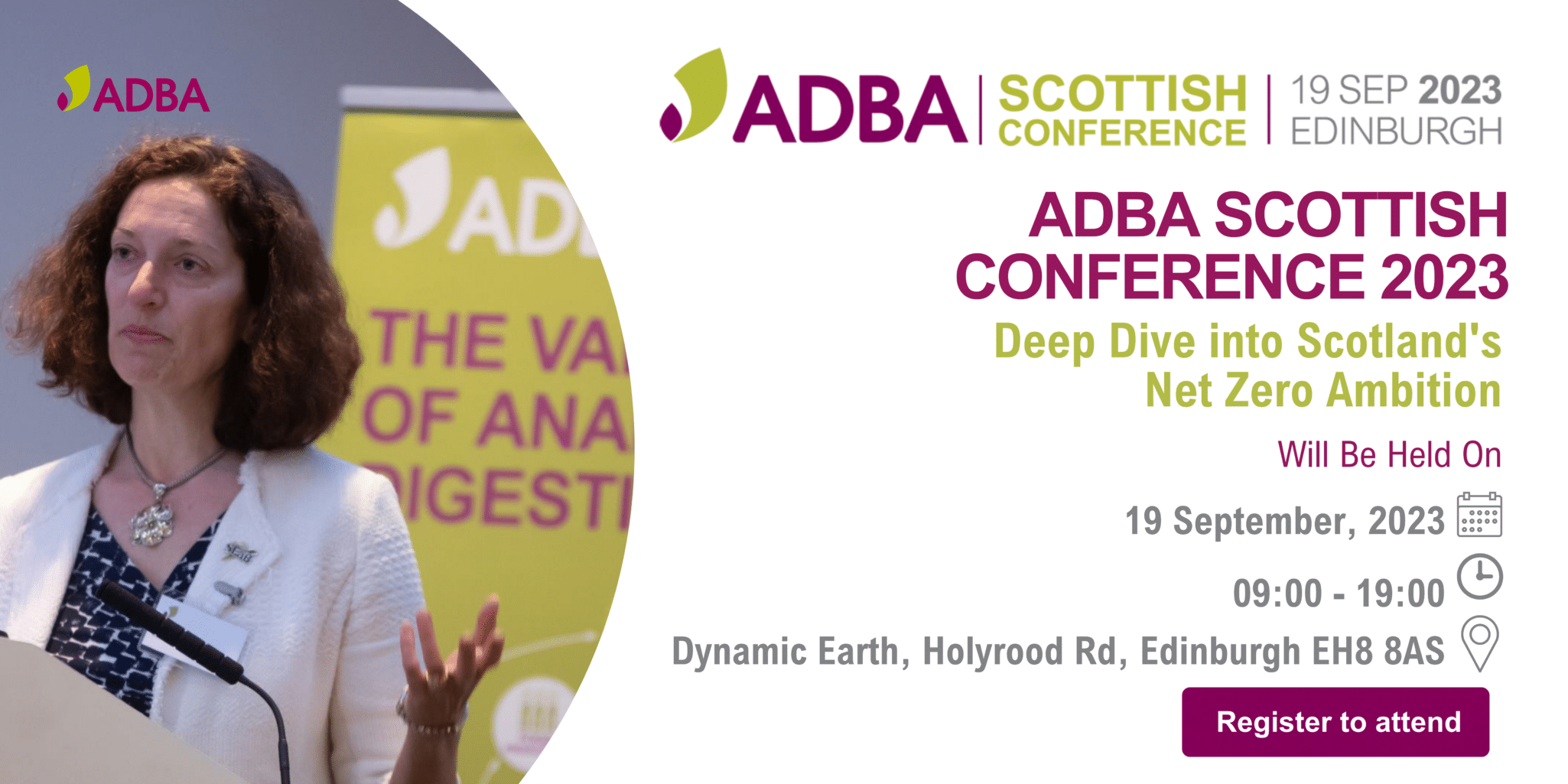The Environment Agency has updated its Resource Frameworks guidance, which will affect digestate management from…
UK-ETS plans to include Energy-from-Waste in the scheme by 2028, ADBA analyse the impacts
The UK ETS Authority released the official government response to its 2022 consultation on ‘Developing the UK Emissions Trading Scheme’ on 3rd July. Marking significant changes in the waste and recycling sector, the Authority announced that the ETS scope will include ‘emissions from Energy from Waste (EfW) or waste incineration’ starting in 2028.
Responding to this positive news, Chris Huhne, Chairman of ADBA and former Energy and Climate Secretary, said:
Bringing biogas and biomethane into the emissions trading scheme would make economic sense, as it would create a level playing field for biogas producers to show what they can do to reduce carbon emissions. The sector can grow to a similar size as nuclear by 2030, but it needs the assurance of the ETS to grow rapidly.
At full potential, AD, a ready-to-launch technology, can produce over 54 TWh of energy, saving 27 MtCO2e greenhouse gas emissions by 2030. ADBA has been engaging with the UK-ETS Authority in recent times, re-emphasising the importance of including AD and biogas sectors in the ETS scope. Giving a clear sign that the Authority is starting to take action in the biomethane in the ETS arena, the UK-ETS states in this publication that; We acknowledge the role biomethane will have in delivering net zero. While there are other government support schemes for biomethane, we recognise how the UK ETS can support the development of low-carbon technologies as part of a package of measures to deliver emissions reductions. We will explore the interactions between biomethane and the UK ETS and expect to set out further details in due course.
In addition, the ETS consultation outcome highlights a number of key decisions that will considerably support the growth of the AD and biogas sectors, ultimately helping the government reach its net zero targets. Among them, the decision to incorporate Greenhouse Gas Removal (GGR) technologies with the ETS is prominent.
Below our analysts will discuss these 2 decisions; including energy from waste and waste incineration in the scheme and incorporating GGR technologies in detail, followed by a brief section on the overall outcome of the consultation.
Reducing emissions from waste
In 2022, sending a letter to Minister Graham Stuart, the UK Government Minister for Energy and Climate at the time, the Climate Change Committee urged the government to “signal that it will include EfW and waste incineration in the UK ETS as soon as possible and to implement this decade”.
Responding to this along with the requests from other trade bodies, the UK-ETS authority announced in this publication that they intend to include EfW and waste incineration in the UK ETS from 2028. This time frame will give the sector a 5-year period to prepare for the implementation. In addition, the Authority will include a 2-year phasing period from 2026-2028, where installations will monitor their emissions.
The Authority aims to launch a consultation by the end of 2023, to seek stakeholder views on further details of the implementation.
Further responding to stakeholder comments that requested a UK ETS-compatible biomethane certification scheme that would exempt emissions from biomethane that meets certain sustainability standards, the authority acknowledges the significance of biomethane in achieving net-zero goals. Although there are existing government support initiatives for biomethane, the ETS Authority recognises the UK ETS’s potential to foster the growth of low-carbon technologies as part of a comprehensive approach to reducing emissions.
The government plans to investigate the relationship between biomethane and the UK ETS in the coming months, and in that process, ADBA will continue to engage with the relevant officers to provide the necessary information and industry insight to support the implementation of this decision.
GGR and ETS
The government has been seeking stakeholder views on incorporating greenhouse gas removals with the ETS in multiple previous consultations including the ‘Business Models for Engineered GGRs’ consultation launched July 2022.
In this publication, the UK-ETS Authority recognises that the UK ETS is an appropriate long-term market for GGRs, and intends to include engineered Greenhouse Gas Removals (GGRs) in the UK ETS. However, the implementation of this decision will be subject to additional consultation, ensuring a thorough assessment of the situation. It will also require the establishment of a reliable Measurement, Reporting, and Verification (MRV) system, as well as careful management of any broader effects or consequences.
The inclusion of engineered GGRs in the UK-ETS will serve as an incentive for investing in GGR technologies. It will also create a demand for GGRs from industries with high pollution levels while ensuring that the UK ETS remains relevant and effective in achieving the goal of net-zero emissions. The Authority believes that this step is crucial for future-proofing the UK ETS and maintaining its pivotal role in the transition to a net-zero economy.
What does this mean for the AD industry?
AD sector currently operates largely on subsidies. Expanding the ETS to allow for the use of biomethane will increase the demand significantly, providing a route for plants to operate outside of the subsidies. This mechanism could stimulate the market demand for the carbon savings delivered from AD. Biomethane Certificates (BMCs) can demonstrate the use of green gas to meet obligations. They are already used within voluntary schemes and have recently been approved by BEIS to verify green gas use under the Green Gas Levy (GGL). Increased demand can increase their value, helping to replace income currently provided by tariff support. Additionally, the utilisation and storage of AD’s bio-CO2 should also be recognised; again, stimulating market demand and providing a new income stream to AD plants.
When considering the AD industry as a ready-to-use GGR technology, integrating the regulated market with the schemes like UK ETS and GGR obligation scheme is essential to help the industry gain the full economic benefits. Such integration will:
- Enable the biomethane operators to link in with the scheme,
- Support plants (especially small-scale plants) to capitalise on carbon capture, and help generate revenue by selling credit to the large emitters — creating co-benefits in revenue generation and emission reduction, and
- Provide credibility to private investors to invest in early GGR projects.
The AD industry has a large potential for GGR and at its full potential can deliver not only the emission reductions to fast-track achieving the net zero goal but also provide economic befits such as revenue generation. Integrating the regulated market for GGRs with a scheme like UK ETS could help the sector by providing space to reach its full financial capacity while delivering the emission targets as well.
Authority Response in Brief
The publication outlines several key decisions regarding the UK Emissions Trading Scheme (ETS) in order to align with the goal of achieving net zero emissions:
1. Net zero consistent cap: The Authority has determined that the ambitious range proposed for the UK ETS cap aligns with delivering on net zero.
2. Transition to the net zero cap: To avoid a sudden drop in allowance supply between 2023 and 2024, the Authority aims to gradually release 53.5 million additional allowances from reserve pots to the market between 2024 and 2027.
3. Industry Cap: Recognizing the need for businesses to decarbonize, the Authority will set the Industry Cap at 40% of the overall cap.
4. Market resilience: To address unforeseen challenges, 29.52 million allowances will be reserved, which is equivalent to over 3% of the overall cap, for future market management.
5. Free allocation technical changes: Taking the concerns related to the industrial free allocation policy into account, the Authority aims to make targeted changes to benchmarks and carbon leakage policy for specific stakeholders in the Malt Extract and Lime sectors.
6. Phasing-out aviation free allocation: Considering the minimal risk of carbon leakage in the aviation sector, the Authority aims to not not extend free allocation for the 2026-2030 period.
7. Expanding the scheme’s scope: In order to contribute further to net zero goals and reduce industry costs, we plan to expand the UK ETS to include domestic maritime by 2026. Additionally, energy from waste and waste incineration will be included from 2028, following a two-year phasing period. We will also create a level playing field between operators using pipeline and non-pipeline modes of CO2 transportation and bring CO2 venting from upstream oil and gas into the UK ETS. Consultations will be conducted on introducing biomass sustainability criteria for a better understanding of its impacts on markets and operators.
8. Incorporating Greenhouse Gas Removal (GGR) technologies: We believe the UK ETS is a suitable long-term market for GGRs. However, further consultation, a robust monitoring, reporting, and verification (MRV) regime, and the management of wider impacts are necessary before including engineered GGRs. We also aim to consider issues raised regarding permanence, costs, and wider land management impacts related to high-quality nature-based GGRs through further work and consultation.
These decisions aim to ensure the UK ETS remains effective in driving emissions reductions and supports the transition to a net-zero economy.
The UK Government has made a commitment to collaborate with the ETS Authority in publishing a long-term pathway for the UK ETS by the end of 2023. This process is already in progress, with ongoing work on proposals for expanding the scope of the UK ETS, incorporating GGRs, and reviewing the methodology for free allocation, as detailed in this document. The UK Government is actively involving the rest of the Authority to ensure a collective response to the Independent Review of Net Zero’s recommendations regarding the scheme. The aim is to publish an Authority response later this year, demonstrating the commitment to a transparent and informed decision-making process.
To read the official outcome: Click here



